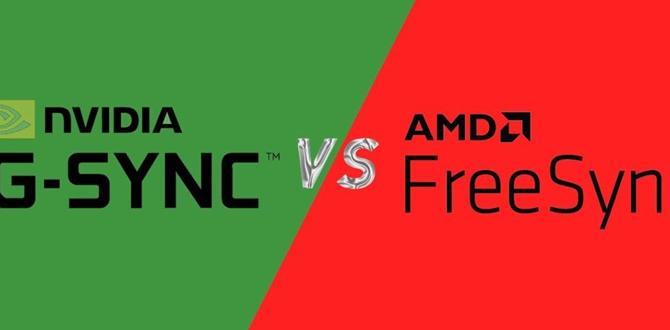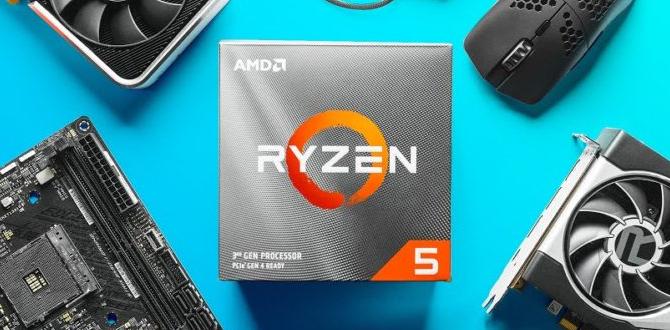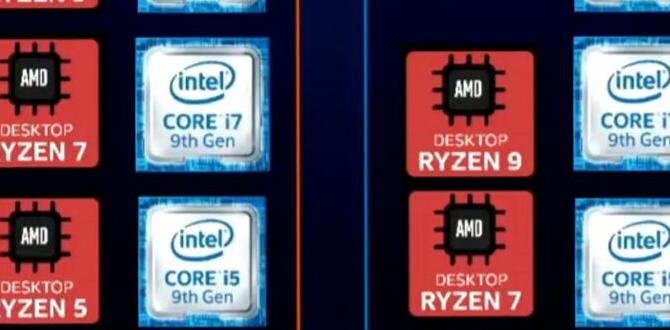When it comes to gaming, nothing beats a smooth, tear-free experience on your monitor. To achieve this, gamers often turn to display technologies like Freesync, G-Sync, and Adaptive Sync. But what exactly are these technologies, and how do they differ from each other?
Differences between Freesync and G-Sync

Freesync and G-Sync are both designed to eliminate screen tearing and stuttering, providing a smoother gaming experience. However, there are some key differences between the two:
- Manufacturer Compatibility:
- Cost:
- Performance:
Freesync is an open standard developed by AMD, which means it is compatible with a wide range of monitors and graphics cards from various manufacturers. On the other hand, G-Sync is a proprietary technology developed by NVIDIA and only works with NVIDIA GPUs and certified G-Sync monitors.
Freesync monitors tend to be more affordable than G-Sync monitors, as manufacturers do not need to pay licensing fees to implement the technology.
In terms of performance, both technologies offer similar benefits, such as reducing screen tearing and input lag. However, G-Sync has traditionally been praised for delivering a more consistent and smoother experience overall.
Technical Overview of Freesync
Freesync, also known as Adaptive Sync, is an open standard that allows monitors to synchronize their refresh rates with the output of the graphics card. This synchronization helps eliminate screen tearing and stuttering, providing a more visually pleasing experience for gamers.
To utilize Freesync, you need a compatible AMD graphics card and a Freesync-enabled monitor. When the graphics card’s frame rate falls below the monitor’s refresh rate, the monitor refreshes at the same rate as the graphics card, ensuring a tear-free experience. This dynamic refresh rate adjustment helps maintain smooth gameplay, even in demanding situations.
Technical Overview of G-Sync
G-Sync, developed by NVIDIA, is a proprietary technology that also aims to eliminate screen tearing and stuttering. Like Freesync, G-Sync synchronizes the refresh rate of the monitor with the output of the graphics card.
However, G-Sync works slightly differently. G-Sync requires a specialized module to be installed in the monitor, making it compatible only with G-Sync certified monitors. This module allows the graphics card to control the monitor’s refresh rate directly, resulting in a smoother experience with reduced input lag.
Adaptive Sync: Benefits and Limitations

Adaptive Sync, as the name suggests, is the overarching technology that both Freesync and G-Sync are based on. While Freesync and G-Sync have their strengths, Adaptive Sync offers some unique benefits:
- Compatibility:
- Cost-effectiveness:
- Limitations:
Adaptive Sync is an open standard that can be implemented by any manufacturer, making it compatible with a wide range of monitors and graphics cards.
Since Adaptive Sync is an open standard, monitors with this technology tend to be more affordable compared to G-Sync monitors. This makes Adaptive Sync a popular choice among budget-conscious gamers.
While Adaptive Sync offers a fantastic gaming experience, it does have some limitations. For example, Adaptive Sync has a narrower frequency range compared to G-Sync, which may lead to slight stuttering or tearing at extremely low or high frame rates.
Factors to Consider when Choosing between Freesync and G-Sync

When deciding between Freesync and G-Sync, there are a few factors to consider:
- Graphics Card Compatibility:
- Budget:
- Personal Preferences:
If you already have an AMD graphics card or an NVIDIA graphics card, your decision may be influenced by the compatibility of each technology.
Consider your budget as G-Sync monitors tend to be more expensive than Freesync monitors.
Some gamers claim to notice a difference in performance between the two technologies, so personal preference can play a role in your decision.
Compatibility and Hardware Requirements

For Freesync, you need a compatible AMD graphics card and a monitor that supports Freesync. Most modern AMD graphics cards are Freesync compatible, but it’s essential to check the specifications of the specific card you intend to purchase. Freesync monitors come in various price ranges and are available from different manufacturers.
G-Sync, on the other hand, requires an NVIDIA graphics card and a G-Sync certified monitor. Only certain NVIDIA GPUs are compatible with G-Sync, so make sure to check the compatibility list provided by NVIDIA. G-Sync monitors tend to be pricier, but they offer the guarantee of a premium gaming experience.
Real-World Performance and User Experience

In real-world usage, both Freesync and G-Sync offer similar benefits. The technologies effectively reduce screen tearing and provide a smoother gaming experience by synchronizing the refresh rates of the monitor and the graphics card.
However, some users claim to notice a slightly smoother experience with G-Sync, especially at lower frame rates. It’s important to note that individual experiences may vary, and personal preference should still be the deciding factor when choosing between the two technologies.
Pros and Cons of Freesync, G-Sync, and Adaptive Sync

Freesync:
- Pros:
- Compatible with a wide range of monitors and graphics cards
- Affordable compared to G-Sync
- Open standard technology
- Cons:
- May not offer the same level of consistency as G-Sync
G-Sync:
- Pros:
- Provides a more consistent and smoother gaming experience
- Offers a wide range of G-Sync certified monitors
- Reduces input lag
- Cons:
- Only compatible with NVIDIA GPUs and certified monitors
- More expensive compared to Freesync
Adaptive Sync:
- Pros:
- Compatibility with a broad range of monitors and graphics cards
- Cost-effective option
- Cons:
- May have a narrower frequency range compared to G-Sync
Conclusion
When choosing between Freesync, G-Sync, or Adaptive Sync, it’s crucial to consider your budget, graphics card compatibility, and personal preferences. Both Freesync and G-Sync eliminate screen tearing and stuttering, delivering a smoother gaming experience. Ultimately, the choice depends on your specific needs and requirements.
FAQs
1. Is G-Sync worth the extra cost?
While G-Sync offers a more consistent and smoother gaming experience, it comes at a higher price. Whether it’s worth the extra cost depends on your preferences and budget.
2. Can Freesync work with NVIDIA graphics cards?
Yes, NVIDIA has since introduced compatibility for Freesync monitors on their newer GPUs. However, not all Freesync monitors are officially certified as G-Sync compatible, so there may be slight variations in terms of performance and compatibility.
3. Can I use Adaptive Sync with an older graphics card?
Adaptive Sync requires a compatible graphics card, so older GPUs may not be able to utilize this technology. It’s essential to check the specifications of your graphics card to determine if it supports Adaptive Sync.
4. Can I use G-Sync on a Freesync monitor?
No, G-Sync only works with G-Sync certified monitors. Although some Freesync monitors may provide a compatible experience with G-Sync, it’s not guaranteed.
5. Do all games support Freesync, G-Sync, and Adaptive Sync?
Most modern games support these technologies, but there may be exceptions. It’s advisable to check the game’s specifications or check for compatibility updates from the game’s developer.